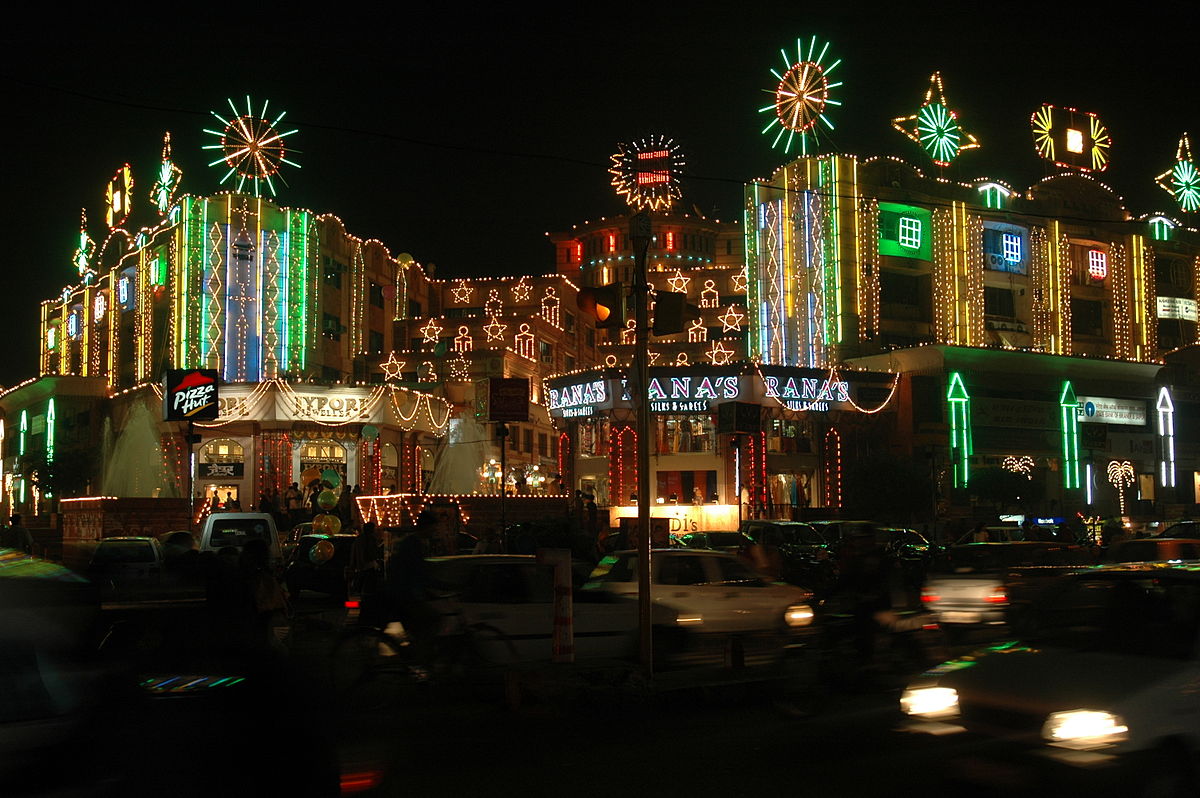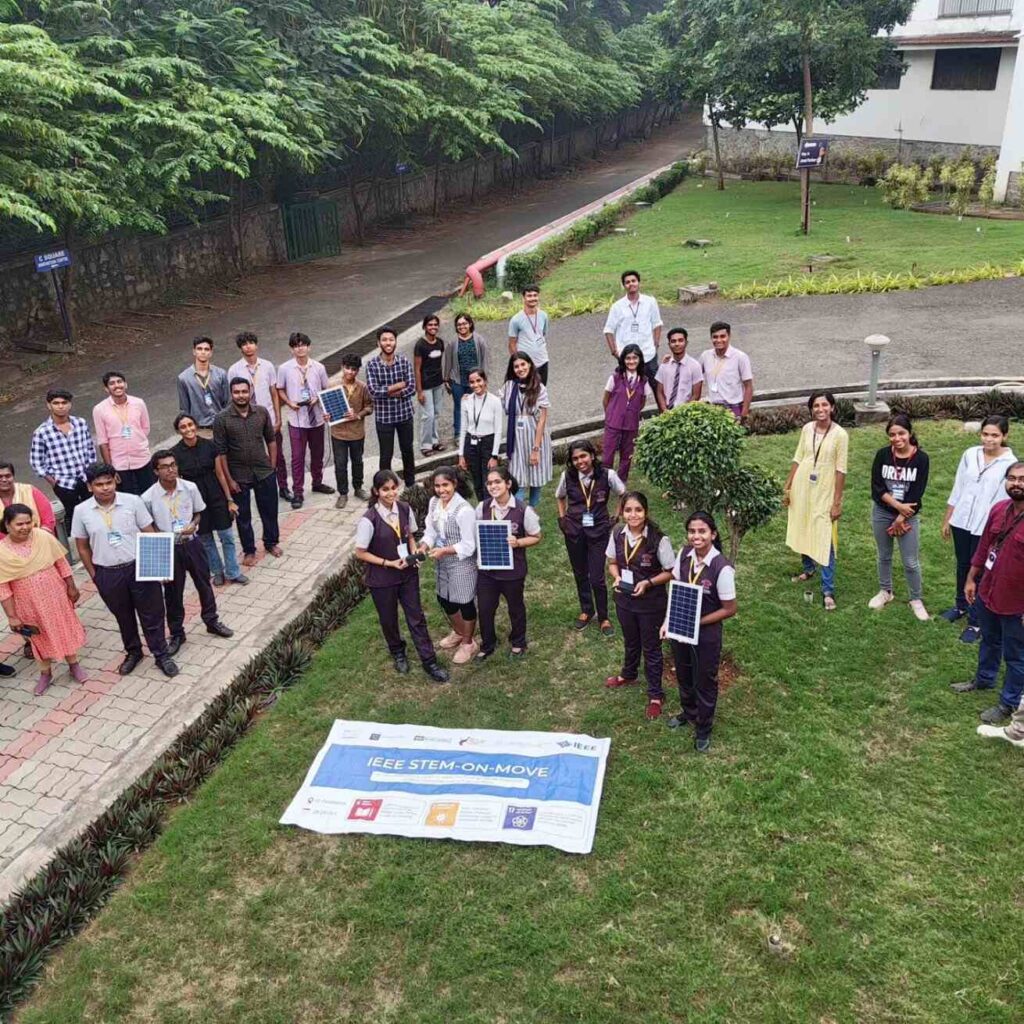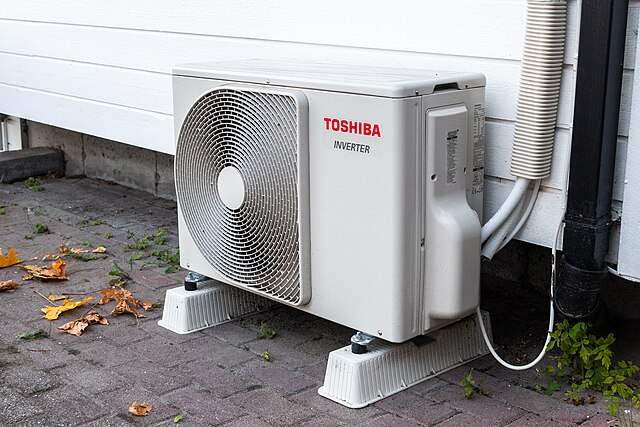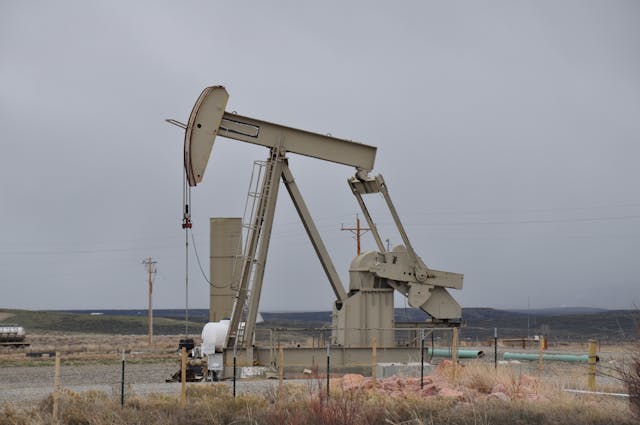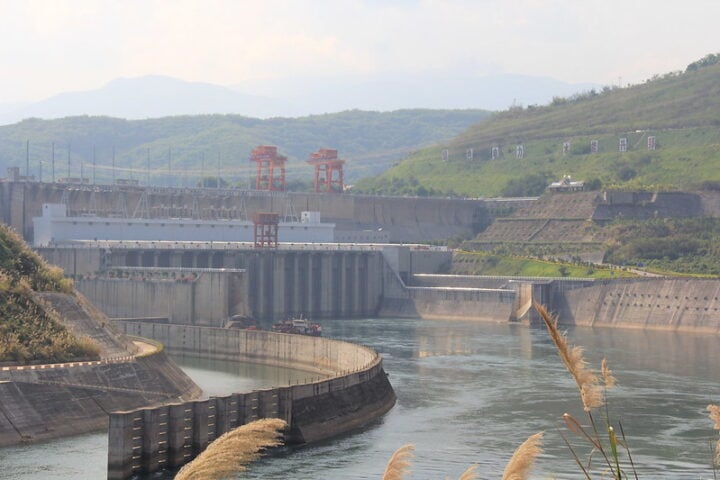In India, the Festival of Lights is being celebrated from yesterday, i.e., 9 Nov’23. Naturally, there will be lighting in public places and private homes. However, any excess of anything is bad. For example, in my housing complex, which is a mini township, there are rows of lights, big and small, glittering for at least a week. This is a sheer waste of money. Let there be enough light, not an excess of it.
When there is a war going on between Russia and between Hamas & Israel, we should show restraint. We can donate aid to suffering people by saving from this extra expenditure. Gandhiji used to say that there is enough food and water on earth, but not for greed. So, millions of rupees spent on lighting can be used for alleviating the suffering of many people. Actually, there is no free lunch anywhere, as the saying goes. Somebody has to spend from his/her pocket.
There are still many hamlets in faraway places where there is no regular electric supply. Even after we celebrated Amrut Mahotsav or 75 years of freedom, many villages don’t have round-the-clock energy supply, so daily life at homes and farms is affected. In my childhood, there were no electric lights. So, we had to manage with kerosene lamps. As I grew up and went to the city for my higher education, I could enjoy this facility. But whenever I see extravagant displays of wastage, I am pained.
The wise people say: lead us from darkness to light, from untruth to truth, and from death to immortality: Tamaso ma Jyotirgamaya, Asato ma Sadgamaya, Mrityorma Amrutam gamaya. We should know how to use our limited natural resources. If not, we will have to face scarcity as faced by our immediate neighboring countries. In order to have enough health and wealth, let us celebrate Diwali or Deepavali or the Festival of Lights; but while doing so, let us not cross the limits. Let us remember the saying: waste not, want not.
Similar Posts
Back Story: The Essence of Diwali and Its Evolution
Diwali, also known as Deepavali, is a major Indian festival celebrated by millions across the globe. Historically, it marks the victory of light over darkness, good over evil, and knowledge over ignorance. Traditionally, it involves lighting diyas (oil lamps), decorating homes, exchanging gifts, and feasting. However, over the years, the festival has seen a transformation, with an increasing emphasis on extravagant displays of lights and fireworks.
The Trend of Excess: A Modern Dilemma
In recent times, Diwali celebrations have often tipped towards excess. Housing complexes and cities are adorned with elaborate lighting setups, sometimes lasting for weeks. This trend, while visually appealing, raises concerns about unnecessary expenditure and environmental impact.
Similar Instances: Global Festivals and Consumption Patterns
- Christmas in Western Countries: Similar to Diwali, Christmas celebrations often involve extensive use of lights and decorations, leading to high energy consumption and environmental concerns.
- Chinese New Year: The use of fireworks during Chinese New Year has led to significant air pollution issues in many Chinese cities.
Relevant Studies: Environmental and Economic Implications
- A study by the Indian Environmental Society highlighted that the energy consumption during Diwali is significantly higher than average days, contributing to increased carbon emissions.
- Research by the Centre for Science and Environment, India, showed that the air quality deteriorates drastically during Diwali due to fireworks and excessive use of lights.
Interesting Stats: The Cost of Celebration
- Despite India celebrating 75 years of independence (Amrut Mahotsav), many rural areas still lack consistent electricity supply.
- One in three Indian households plan to spend an estimated ₹10,000 this festive season, with footfalls in stores and markets set to jump by 20%
The average holiday spending on decorations in the U.S. in 2021 was $80 for a real Christmas tree and $125 per foot for professional decorating services.
